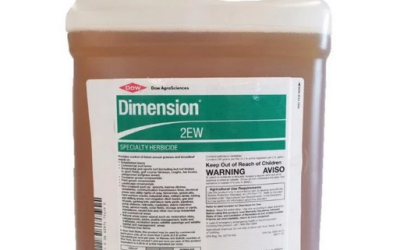Carbon removal is an important part of creating sustainable agriculture. Most people are aware that many places in the world deal with an excess amount of carbon in the air. Sustainable agricultural efforts can successfully remove large amounts of this carbon with plants. Plants can be grown in a way that helps them store this carbon in the soil. They can help break down the carbon via the root system throughout the life of the plant. Carbon can also be stored safely in the dirt and rocks. Successful removal efforts can store the carbon this way for decades or centuries to keep it out of the air.
Many agricultural areas need to adjust the soil composition to facilitate this type of carbon removal. Growers can achieve soil adjustments using charcoal, mycorrhizal inoculants, and other natural additions.
Removing carbon creates a healthier environment for people, animals, and plants. Plants typically grow much stronger and produce more when removing carbon is an agricultural focus. Growers can remove carbon by growing beans, peas, fruit trees, vegetables, and many other types of plants. Strong root networks that absorb plenty of water in disease-resistant soil will help facilitate the process.
Many agricultural businesses can offset emissions with the right agricultural practices and help develop carbon credits. People can also remove carbon with forestation efforts. Businesses and other entities can acquire certificates for forested areas they develop. This helps scientists and developers keep track of the carbon being stored and measure other types of progress.
Contact Groundwork BioAg online for more information.



